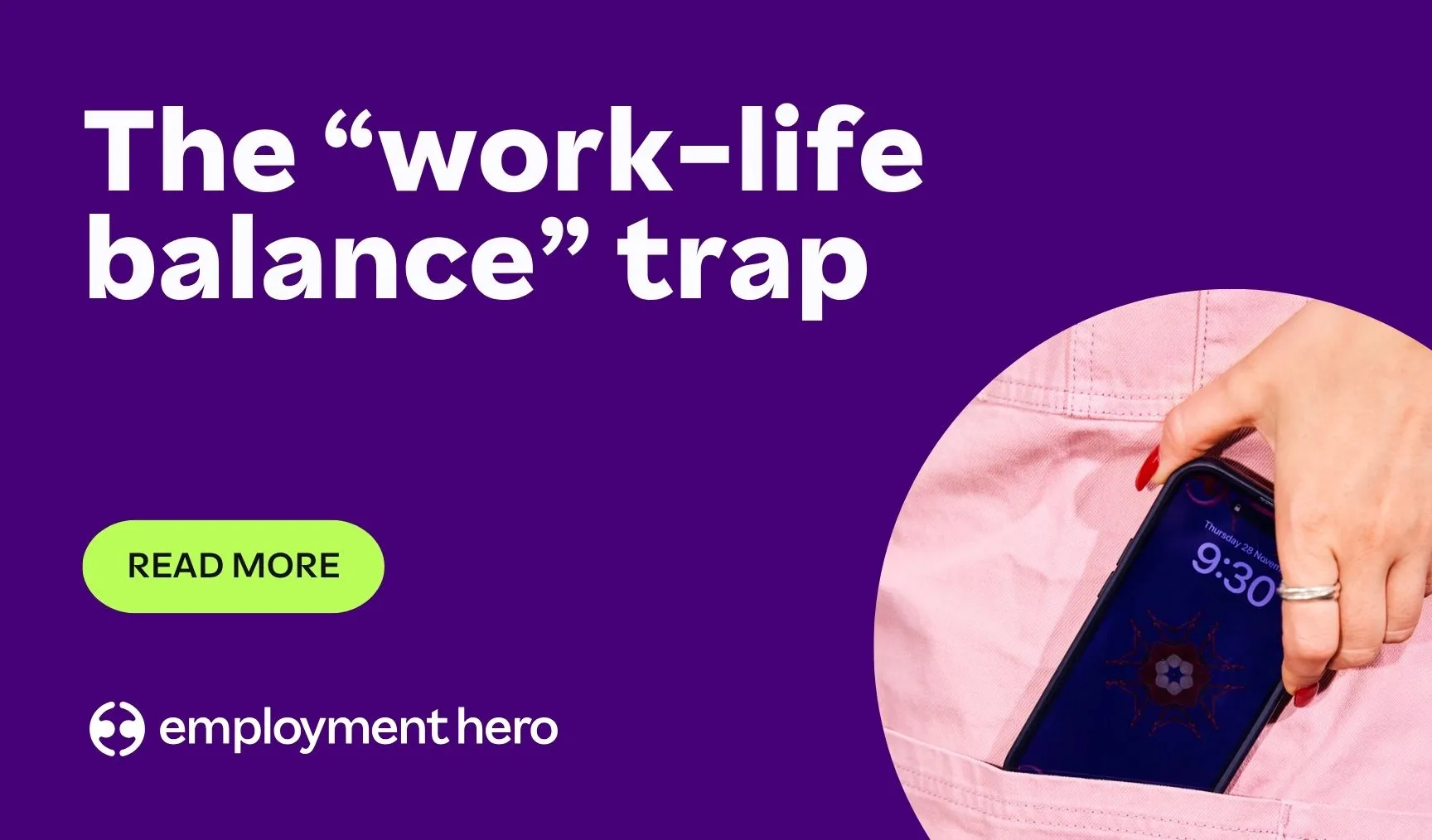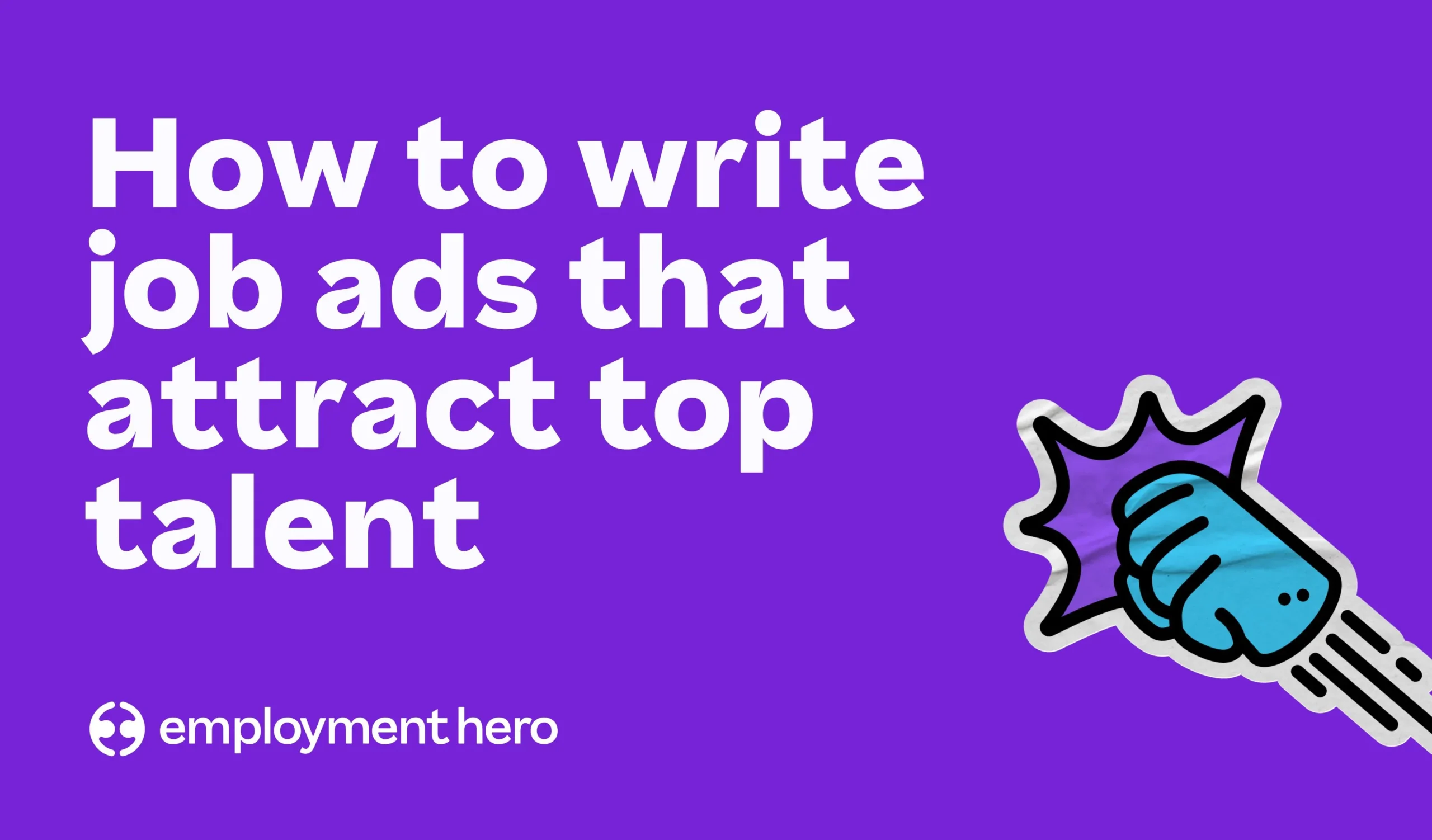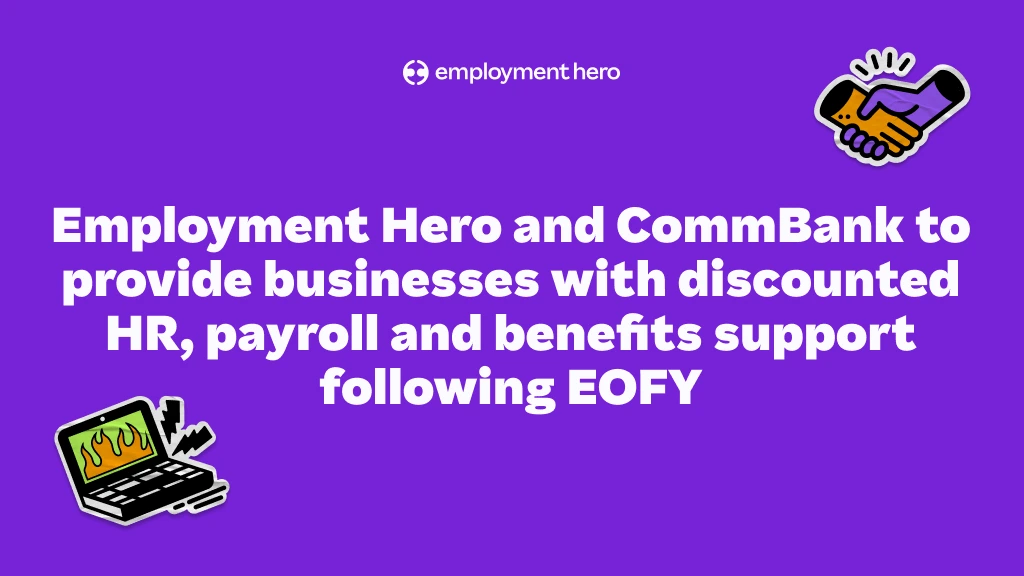How to recruit people over 50 (mature-age employees)
Hiring? Here’s why you should build a multigenerational workforce, and say OK to Boomers.

Contents
Boomers have entered the chat. And that’s OK. In fact, it’s about time. With attention over the last few years focused on Gen Z as the latest generation to enter the workforce, Boomers – the latest label to describe someone over the age of 55 – have been left behind, bringing to light the need of intergenerational cooperation, to merge the skills and experience of our younger counterparts and older workers. And we’re here to address that. After all, Boomers have a lot to offer as the experienced employees of the workforce. With their strong work ethic and fountain of knowledge, many can become great mentors for our Gen Z and millennial friends. So let’s look into how you can level up your recruitment and retention plan to address the needs of older employees.
Why is there a high number of older job seekers in the market?
The older generations are a crucial part of the workforce. But with so much focus on recruiting Gen Z lately, businesses have forgotten the value of talent aged over 50. There are other factors at play here, too.
A dislike for their boss and company culture
One thing Gen-Zs and Boomers have in common – or all generations for that matter, is a dislike for poor work culture. Our Talent Insights Report has the latest insights into talent movement and retention around the world for 2023. In the Australian talent market, we found that job-seekers were motivated to find a new role because of a dissatisfaction towards the roles themselves, company culture – and their bosses. The UK talent market painted a similar picture for older millennials, with 80% of job seekers in the 35-44 age group wanting to find alternative employment due to poor company culture. The bottom line is – no matter what generation you’re part of, poor company culture is harmful when it comes to both attracting, and retaining talent. But saying goodbye to toxic work culture isn’t as simple as flipping a switch. Get started by learning how to spot the 7 signs of a toxic workplace, and what you can do about it.
Age discrimination still exists and it’s a barrier to entry
Fact: being able to age is a blessing. It gives us life experience, and the years of expertise in our field that a lot of recruiters are often after. But instead, ageism has become an unspoken barrier in the global talent market. Ironically, we want the experienced employee – without too big a number to go behind it. Leaving some disgruntled Boomers to feel “too old for the job”. We can, and should, do better. Older workers are set up for failure before they reach the workplace: with high barriers to entry, their age, and retirement being used against them despite their experience. Over in Scotland, as Rosemary Goring suggests, our attitudes need to change to get over 50s back to work if we’re serious about doing something about it. She sums up what age discrimination in a toxic workplace looks like perfectly: “For many ageing staff, the office, shop floor, or whatever arena they are in, could feel hostile. Asking for help merely reinforces the idea that their time is past, and they belong to the Jurassic rather than the microchip age.” Ageism is a common factor in the global talent market. No matter where you are, the barriers to finding a job when you’re over 50 are very high – and very real. We think it’s about time something’s done about this before it is too late. Don’t you?
Flexible and remote work arrangements is front of mind for Boomers
Fuelled by the rise in remote work and flexible work policies amongst trendy startups and SMBs, Boomers are fed up with working from swanky offices after years of putting up with long and expensive commutes. The UK’s Office for National Statistics Over 50 Lifestyle Study found that amongst the labour market experiences of adults aged 50 to 70 years old in the UK, 36% cited flexible working as the most important aspect of choosing a new job, followed by working from home (18%).

The aftermath of Covid-19
It’s been three years since the global pandemic changed the way we approach work, and we saw a lot of staff being furloughed, and made redundant. In Australia, un-retirement is booming. No pun intended. The job boom the Australian talent market is experiencing is attracting older workers. One factor encouraging people to re-enter the workforce has been the flexible work options which have become much more prevalent since the pandemic, especially working from home. Over in the UK, in a study on returning to the workplace, those aged 50 to 65 years who would consider returning to work commonly reported that they left:
- To retire (24%)
- For a change of lifestyle (17%)
- Because of the coronavirus pandemic (17%)
- Because of redundancy (17%)
- Because of stress (15%)
What’s clear is that stress and a need for a change of lifestyle suggests that employers need to consider implementing flexible work policies (that are actually flexible) and wellbeing strategies to recruit, and retain them. To get started, learn more about best practices when it comes to flexible work arrangements and check out our guide to boosting employee mental wellbeing.
What are the benefits of a multigenerational workforce?
There are a lot of benefits to be reaped by an employer who implements best practices to look after their multigenerational workforce.

A chance to learn from each other
Five years ago, when we first had five generations present in the workforce, it created a lot of buzz. One thing became clear: having multiple generations in a workplace is an opportunity for everyone to learn from one another, and hear different perspectives on the same ideas. Wes Gay called this ‘reverse mentoring’. What’s more, a learning culture has to be deliberate and inclusive – everyone needs to have the chance to be heard. He recalled some insight into this: “Having an open and candid conversation about the benefits that come from a multigenerational workforce makes everyone feel more comfortable voicing their needs and concerns,” which is just as valid in today’s workforce. In companies that want to promote a learning culture, employees should already be engaged in learning and development through informal mentoring relationships. Building a mentorship program that allows a safe space to learn from each other can also help your team build their confidence, and strong business relationships across the company. Learn about 5 steps you can take to create a mentorship program today.
A competitive advantage for the employer
An OECD study from 2020 into how employers can promote an age-inclusive workforce, found that employers with good practices were more likely to have a competitive advantage over their rivals. This was especially true for employers who were willing to offer flexible working options. However, to be effective, they found that “employers must ensure that workers at all ages have the digital tools and skills to work from home.”
2 important strategies for employing mature-age workers
Before you start your hiring process, there are two key considerations you need to think about.
Should you avoid age-related language in job postings?
All job postings should be inclusive, no matter the intention. Which means that using age-related language just because you’re on the lookout for mature-age workers is a no-no. Unless you want to come across as patronising, like we just did! Instead, find out what an ideal job ad should look like, and make use of our free template.
Establish inclusive hiring processes, policies and work environments
The World Economic Forum suggests that “We need to move beyond stereotypes [about mature age-workers] and create inclusive policies and work environments that accommodate an extended workspan.” Which means that “as policies are developed, we must not forget that older workers are a very diverse group.” Make sure you set your mature age workers up for success before day one by setting up an inclusive hiring process. For best practices, download our diversity and inclusion handbook. It’s free and full of useful tips.
3 places where older generations are looking for work
1. Job boards
Older and younger workers alike are partial to a good job board as a job seeker. With many options to choose from, including Workable, Indeed, and more – there’s a lot of platforms to keep on top of. Make the most of your time by seeing how Employment Hero can help you across the full recruitment lifecycle. From posting job ads across several job boards, all from one centralised hub, to digitising your onboarding process with our self-serving system. Your team will be able to reduce admin time, and focus their attention on providing the best candidate experience. Our built-in Applicant Tracking System (ATS) lets you easily manage your candidates and job ads on different job boards, all from one central place.
2. Your company’s career page
When was the last time you made sure your company’s career page was up to date? When you do that review, make sure your job descriptions are clear and easy to read. Forget about those fancy adjectives – candidates want to know the nice to haves, who the hiring manager is, location requirements, whether there’s a flexible work policy in place and the job responsibilities. If you have any company values, make sure that they’re visible to attract the right candidate. You’ll also want to ensure that your contact information is up to date, and there is room for speculative applicants to apply, too.
3. Social media groups
Facebook groups are a great place to be on the lookout. Many older workers who have a freelance background often join Facebook groups related to their profession, or have a strong community to network with. Looking for more? Check out more creative talent sourcing strategies we’ve put together for you here.
Employment Hero makes hiring employees easy
As our expected lifespan increases, our way of working and the way we think about retirement should change to embrace this. Make use of Employment Hero as you get those inclusive policies ready, so you and your team can easily keep track of what’s been read, and what needs signing using our self-serve system. Our powerful HRIS solution can also help you each step of the way, from your hiring process to onboarding, giving you the space to post job ads and smoothly onboard new hires all in one place. With the cost of living crisis front of our minds, don’t forget to consider your team’s financial wellbeing. See what Swag can do for you today – it features an Instapay solution designed to help employees fight the cost of living crisis.
Related Resources
-
 Read more: The ‘work-life balance’ trap: Why promising it is hurting your SME recruitment (and what to promise instead)
Read more: The ‘work-life balance’ trap: Why promising it is hurting your SME recruitment (and what to promise instead)The ‘work-life balance’ trap: Why promising it is hurting your SME recruitment (and what to promise instead)
For growing SMEs, work-life integration is a sustainable way to support your team and attract top talent. Explore how your…
-
 Read more: Job ad guide: How to attract top candidates
Read more: Job ad guide: How to attract top candidatesJob ad guide: How to attract top candidates
Looking to hire your perfect match? The way you pitch your open role can be the difference between landing or…
-
 Read more: Employment Hero and CommBank to provide businesses with discounted HR, payroll and benefits support following EOFY
Read more: Employment Hero and CommBank to provide businesses with discounted HR, payroll and benefits support following EOFYEmployment Hero and CommBank to provide businesses with discounted HR, payroll and benefits support following EOFY
Eligible CommBank Yello for Business customers will get the first 3 months free on any Employment Operating System subscription with…





















